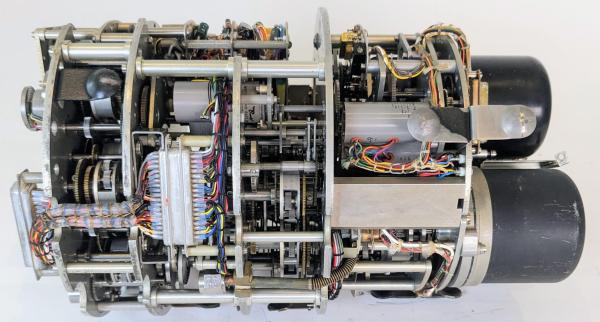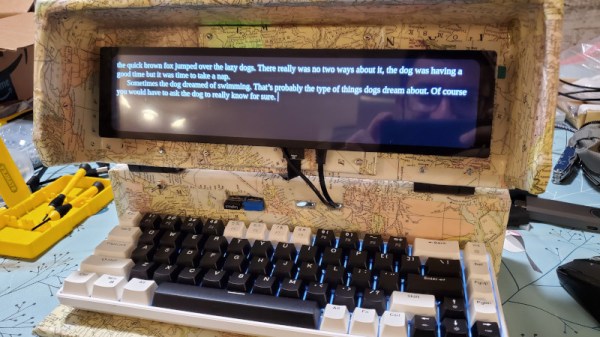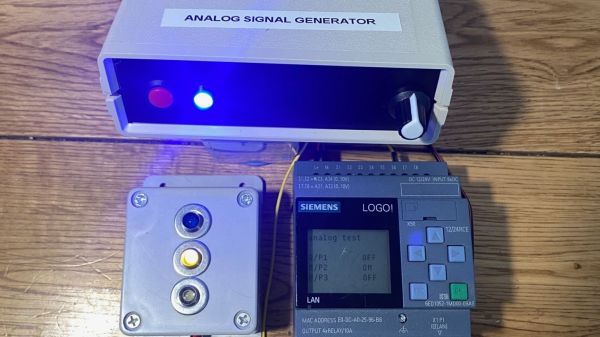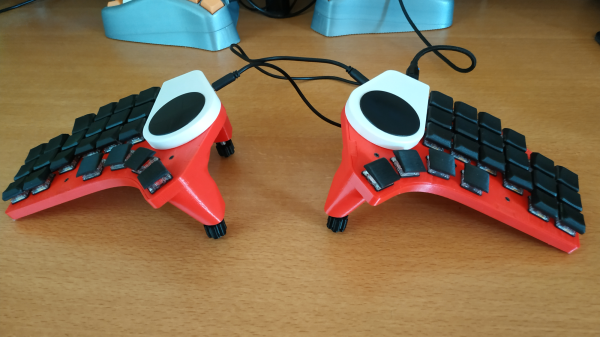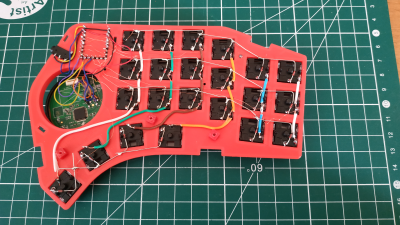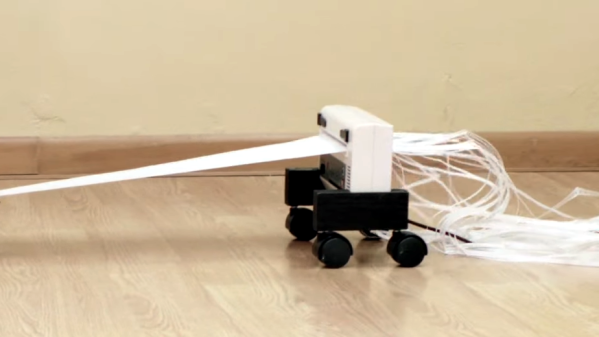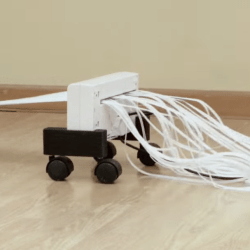What ho, chaps? Look, we know this is a bally nuisance and all, but those desk jockeys at HQ want us all to watch this film about daily insepction of your Spitfire. No Vera and no Greta in this one, more’s the pity, but it is jolly important. We all know that our Spitfires are complicated buckets of bolts, but those kites won’t stay in the air if we don’t maintain them. Yes, the boring stuff, like purging the fuel system of water and refueling outside of the hanger. And, yes, Captain Molesworth, that means putting out that cigar while the tech boys are topping off your tank. Now shut up and watch the film we’ve placed below the break, what?
All right, all right, wake up at the back there. I heard you snoring, Peason. The bally Germans could hear you snoring. I know that wasn’t Errol Flynn, but this stuff is damned essential. You may be pilots, but you all rely on those people you just saw. Your lives depend on the riggers, armorers, instrument repairers, and others. While you are out carousing, these men are taking your plane apart and ensuring the engine is running smoother than the legs of the barmaid at the Dog & Duck. Every time one of you chaps calls Bingo Fuel, you get home because some chap checked your fuel gauge was accurate. Every time one of you glances at the Rate of Climb indicator to judge an intercept, you are relying on the chap who tested and zeroed it while you were snoring in your bunk, sleeping off last nights debauch. So, don’t forget that you are part of a team. You may be full of dauntless spirit up there, but you won’t get anywhere without those chaps on the ground.
Now, let’s talk about tonight’s mission…
Continue reading “Daily Inspections Keep Your Spitfire In Tip-Top Shape” →

